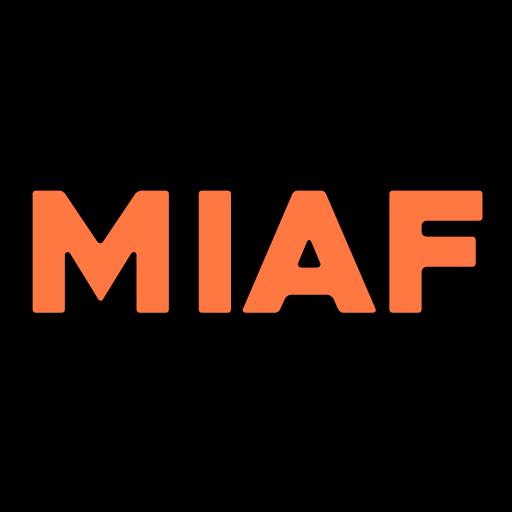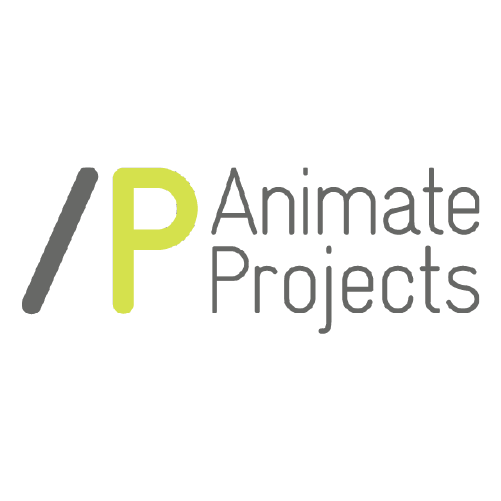What follows is an extended introduction to LIAF 2016’s International Competition Programme 7: Long Shorts. Find out more here.
This may be one of the finest single collections of animation we have ever screened at LIAF. Animation is an art form that often demands much of its audience. Watching good animated films can be a demanding, energy-intensive exercise. Images move rapidly, characters and scenery morph dramatically and a lot of concentration can be needed to keep up with and make sense of what is happening. Messages, where they exist, can be buried deep and require a surprisingly complex level of decoding to unpack.
This programme opens with The Sparrow’s Flight by Tom Schroeder which spiritually, aesthetically and narratively is really more akin to several different films all running simultaneously. It is as close to deserving the designation ‘masterpiece’ as any film we have seen in a good long while.
Schroeder is an accomplished animator and teacher based in Minneapolis, a town hardly known for its animation. A genuinely lovely guy, he masks his passion for quiet, patiently tenacious observation behind what many take to be a reserved nature. A gifted artist, his secret sauce is actually taking however long it takes to get to the very core of his characters, his story or the environment he is creating within the worlds his films bring to life.
This is all the more remarkable for the fact that Schroeder is, to all intents and purposes, a self-taught animator. Starting in the 1980s, he and best friend, Dave Herr, taught themselves how to animate more or less from the ground up. Without ready access to independent animation to watch, classes from which to learn the skills and techniques or a pool of teachers and mentors, the two ‘re-invented’ many already established animation techniques and played with them until they got them down. They even hand-made some of the equipment needed to craft their experimental films, resulting in a collectively hewn pure instinct for animating as much as any definitive skillset.
This tightly interwoven duo was shattered when Herr suffered an incapacitating brain tumour that would ultimately lead to his death in 2009. Left behind was an immense collection of clips, experiments, semi-films and animated ideas committed to film and computer drives spanning the developing years of digital technologies. Weaving through this was a reasonably well-formed idea for a specific film – an idea brought to a pause with Herr’s passing.
In hindsight this film was always going to be made – but it needed the perspective that only time can bring. Apart from an emotional rebalancing, it gave Schroeder time to sluice through that archive and recreate the physical film-set that he and Herr had envisaged as a backdrop for their opus. Schroeder built that set – a suspended surrealist piece of sculptural artwork in its own right – and sutured together a collection of the animated imagery he and Herr created over the years. He then carefully stirred in the story of their personal and creative journey.
In doing so, he has fashioned a film that contains a beautifully poised equilibrium balancing the story of this great friendship, a ‘fly-on-the-wall’ journey through a lifetime of creative invention and an encyclopaedic masterclass of animation styles and techniques.
We first caught wind of Sunday Lunch when we visited the Parisian studio Sacrebleu whilst researching our 3 Days in Paris programme for LIAF 2014. For the entire time we have been running LIAF we have been happily screening films from Sacrebleu. Every year we call for entries and, like some quietly colourful animated songbird, a small package of their latest releases seems to arrive on the migratory winds from across the channel.
Sunday Lunch has all the visual trademarks of a Sacrebleu work – beautifully hand-made artwork, flawless and fluid animation and a deft hand applied to character design and the way those characters move and morph. It maintains its grip on our attention via the slow-burn release of information and the steady building of the humanity of the character at the centre of the drama. In the end, it is less about the story and more about letting the audience build their own appreciation of the trials and tribulations these players face.
Koji Yamamura is widely – and rightly – regarded as one of the living masters of animation. Born in 1964, he is a graduate of the Tokyo Zokei University and was inspired to begin a career in animation after seeing an Ishu Patel retrospective screened at the inaugural Hiroshima International Animation Festival.
Each of his films has chased after very different metaphorical quarry. They substantially vary stylistically and cross genres effortlessly, all the while expressing an understated confidence in their integrity as individual works of art. There is a lush, chic freneticism to his latest film Saties Parade which displays Yamamura’s command of fine line drawing, colour and frame arrangement. It’s a beguilingly ingenious blend of decontextualised quotes pulled from some essays written by influential French composer Erik Satie set to a 100-year-old piece of music called Parade all visually expressed in a ‘realist ballet’ by a collective or performers and managers. It is art as spectacle and – most definitely – vice versa.
It is no exaggeration to suggest that Igor Kovalyov stands in a class of his own in the world of animation. In one of the more fascinating juxtapositions between the commercial and auteur worlds across which many animators regularly commute, Kovalyov is reasonably well known to a larger, mainstream Western audience for his guiding hand in creating The Rugrats Movies and the Aaarghh!!! Real Monsters TV series. His personal films, however, are among the most challenging, rewarding and interpretive ever made. Intensely personal, they mine depths of Kovalyov’s psyche that few artists understand how to even access let alone express.
Kovalyov’s films tug and strain at the meaning of existence and the oscillating grasp many of us have on our inner, mentally constructed worlds and senses of self. His characters are often anatomically fascinating hybrids of human, animal and insect. Confusion and self-doubt undulate dis-rhythmically with uncertainty, absurd over-confidence and inner turmoils that are allowed to play out overtly or – alternatively – are quashed and relegated to the sidelines of voyeurism, despair and shame. These are films that pose neither definitive questions nor offer graspable answers. Rather, they are highly imaginative animated extended pictographs either dredged worried and silent from the deepest trenches of the human spirit or writ large and colourful in full view. They offer colourfully opaque blueprints for structures of abstracted truth – be those structures soaring towers that reach high into obscuring clouds or cellars that descend uncertain stairwells.
In his latest film, Before Love, Kovalyov plays a kind of emotional roulette with the often contradictory shards that protrude from the inner core of love as people express and experience it. It would be all too easy to simply explain much of Before Love as bleak and fatalistic; a view that love is often fatally intersected by infidelity or all too easily builds a platform from which to fall. But much of this is a preamble to broader glimpses of hope, renewal, second chances and a reason to live.
We have waited the best part of a decade for a new Kovlayov film. Before Love rewards our patience with a purely unique and exquisitely inner-visionary work that is testament a-plenty to the abundant power of animation as an art form.
Malcolm Turner, MIAF Director
















